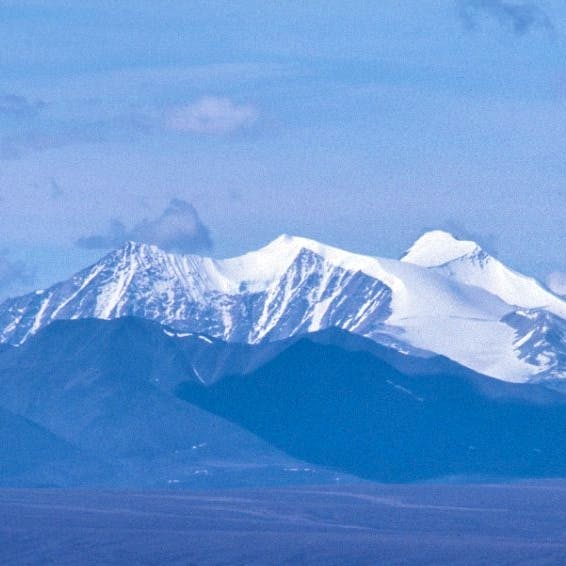For Immediate Release, November 29, 2016
Contacts: Bethany Cotton, WildEarth Guardians, (406) 414-7227, bcotton@wildearthguardians.org
Noah Greenwald, Center for Biological Diversity, (503) 484-7495, ngreenwald@biologicaldiversity.org
Jason Rylander, Defenders of Wildlife, (202) 486-8650, jrylander@defenders.org
Imperiled Birds Face Multiple Threats, From Climate Change to Fossil Fuel Extraction
WASHINGTON— In response to a petition from three conservation groups, the U.S. Fish and Wildlife Service today took the first step today toward again protecting the rare and declining lesser prairie chicken under the Endangered Species Act, finding that the bird may warrant protection. The agency will make a decision about providing protection by the end of summer 2017.
In 2014 the Fish and Wildlife Service protected the lesser prairie chicken as a “threatened” species under the Endangered Species Act. In response to a lawsuit from the Permian Basin Petroleum Association and four counties, a federal court in Texas subsequently vacated the federal protections on procedural grounds, leaving the survival of the bird hanging tenuously on voluntary and highly uncertain conservation measures. With today’s finding, the lesser prairie chicken, which lives in Colorado, Kansas, New Mexico, Oklahoma and Texas and is sometimes known as the dancing grouse of the Southwest, is back on track for protection.
“The science is clear: Lesser prairie chickens are gravely imperiled and unenforceable, voluntary conservation efforts alone have proven incapable of saving this unique bird,” said Bethany Cotton, wildlife program director with WildEarth Guardians. “The lesser prairie chickens needs strong, enforceable protections to ensure it not only survives, but recovers in the face of worsening climate change and habitat destruction.”
Although a package of voluntary protection efforts has been in place since 2013, lesser prairie chickens populations have not rebounded. The bird is severely threatened by habitat loss and fragmentation caused by oil and gas development, cropland conversion, wind turbines, livestock grazing and roads and power lines.
“With the strong protections of the Endangered Species Act, the lesser prairie chicken can be saved,” said Noah Greenwald, endangered species director at the Center for Biological Diversity. “We support efforts by farmers, ranchers and the oil and gas industry to protect habitat for the prairie chicken, but these efforts must be backstopped by the safeguards of the Endangered Species Act, which has been 99 percent effective at preventing extinction of species under its care and put hundreds of plants and animals on the road to recovery.”
In addition to all of the problems caused by habitat loss, the lesser prairie chicken is threatened by climate change. The summer of 2011 saw some of the hottest and driest conditions on record in the Southern Plains, with ground temperatures exceeding 130 degrees Fahrenheit, a critical threshold above which lesser prairie chicken eggs cannot survive. The following year prairie chicken populations plummeted to their lowest levels in decades. Overall, the Southern Plains are expected to experience a four-fold increase in the number of days over 100 degrees due to global warming.
“It’s more important than ever that the lesser prairie chicken receive Endangered Species Act protection,” said Jason Rylander, a senior staff attorney for Defenders of Wildlife. “The same threats that warranted listing years ago are even more severe today and there is little evidence that voluntary conservation programs are sufficient to recover the species. The U.S. Fish and Wildlife Service should promptly relist the species and develop a far better strategy to conserve it on state and private lands.”
The lesser prairie chicken — an icon of the Southern Plains — once numbered in the millions but has declined to just roughly 25,000 birds across less than 17 percent of its original range. Experts estimate the population of lesser prairie chickens at 3 million birds before the beginning of Euro-American settlement on the Great Plains.
The petitioners are WildEarth Guardians, Defenders of Wildlife and the Center for Biological Diversity.
###
The Center for Biological Diversity is a national, nonprofit conservation organization with more than 1.1 million members and online activists dedicated to the protection of endangered species and wild places. www.biologicaldiversity.org
Defenders of Wildlife is dedicated to the protection of all native animals and plants in their natural communities. With more than 1.2 million members and activists, Defenders of Wildlife is a leading advocate for innovative solutions to safeguard our wildlife heritage for generations to come. For more information, visit www.defenders.org and follow us on Twitter @DefendersNews.
WildEarth Guardians protects and restores the wildlife, wild places, wild rivers, and the health of the American West.
For over 75 years, Defenders of Wildlife has remained dedicated to protecting all native animals and plants in their natural communities. With a nationwide network of nearly 2.1 million members and activists, Defenders of Wildlife is a leading advocate for innovative solutions to safeguard our wildlife for generations to come. To learn more, please visit https://defenders.org/newsroom or follow us on X @Defenders.
News

Defenders Slams Trump Interior Pick Burgum

